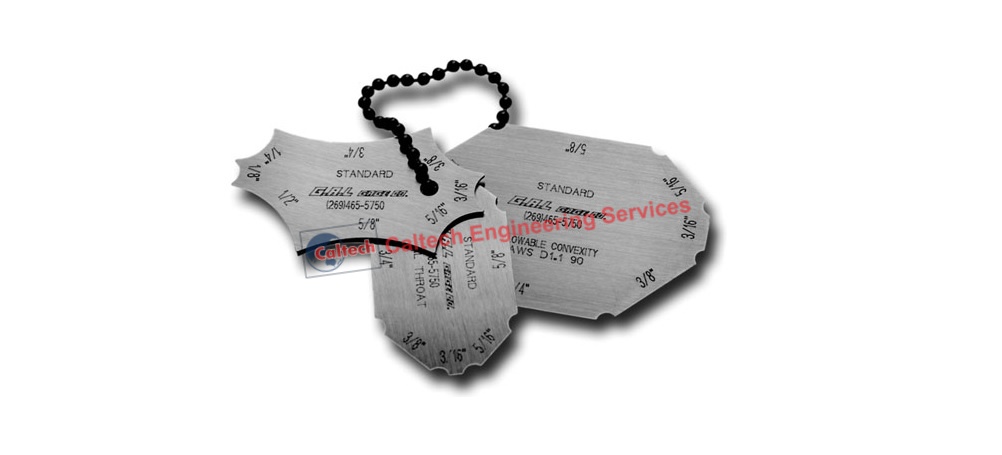Fillet Weld Design Techniques: Maximizing Joint Performance and Aesthetic Appeal for Structural Stability
In the world of structural engineering and construction, the significance of fillet weld design methods can not be overstated. By meticulously taking into consideration factors such as weld account optimization, material selection, joint prep work methods, welding process performance, and visual improvement techniques, fabricators and designers can accomplish an unified balance in between performance and look in their welded frameworks.
Weld Profile Optimization


Attaining an ideal weld profile involves a meticulous factor to consider of aspects such as material thickness, joint arrangement, welding setting, and preferred welding speed. In addition, the choice of suitable welding parameters, such as voltage, existing, and travel rate, is basic in managing the form and dimensions of the fillet weld. Making use of sophisticated welding techniques, such as pulse welding or robot welding, can even more refine the weld profile to fulfill certain design needs and quality requirements.
Basically, weld account optimization is a fundamental element of fillet weld layout that straight influences the total performance and reliability of welded joints in architectural applications.
Material Option Considerations
When taking into consideration material option for fillet weld layout, the compatibility of the base steels is an important element affecting the structural stability of the joint. It is vital to pick materials that not only bonded together successfully yet likewise have comparable mechanical buildings to ensure the tons is equally distributed between the base and the weld steels. Welding materials with greatly various residential or commercial properties can cause concerns such as tension focus, early joint failing, or breaking.
Furthermore, the setting in which the bonded structure will run have to be thought about when choosing products. Variables like corrosion resistance, temperature changes, and direct exposure to chemicals can all influence the durability and efficiency of the weld joint. By picking materials that appropriate for the desired application and environment, the general durability and dependability of the welded joint can be significantly improved.
Consequently, detailed consideration of product compatibility and environmental variables is paramount in making sure the weld joint's strength, sturdiness, and total architectural integrity.

Joint Prep Work Techniques
Considering the critical role material choice plays in making certain the structural integrity of fillet helpful hints weld joints, it is vital to carry out specific joint preparation techniques that optimize the connection between the base metals. Joint prep work is an important step that directly influences the high quality and stamina of the weld.
Furthermore, tack welding the components in area prior to the final weld helps keep placement and lessens distortion during the welding procedure. By thoroughly complying with these joint preparation techniques, welders can boost the general efficiency and appearances of fillet weld joints while making sure structural sturdiness.
Welding Refine Effectiveness
Efficient welding procedures are vital for achieving optimum productivity and top quality in fillet weld construction. One key facet of improving welding procedure effectiveness is selecting the ideal welding technique. Variables such as material kind, joint he has a good point design, and welding placement should be carefully thought about to determine one of the most ideal technique. For instance, processes like gas steel arc welding (GMAW) and flux-cored arc welding (FCAW) are commonly utilized for fillet welds as a result of their flexibility and rate (Gauge Fillet Weld).
In addition, ensuring appropriate devices arrangement and upkeep is essential for effective welding. Routine calibration of welding machines, evaluation of consumables, and upkeep of soldering iron can protect against downtime and rework, ultimately saving time and resources. Furthermore, utilizing knowledgeable welders with competence in the certain welding procedure being made use of can significantly affect efficiency. Trained welders are more adept at adjusting parameters, troubleshooting issues, and maintaining consistent weld quality.
Visual Enhancement Methods
To enhance the high quality of fillet weld manufacture, implementing visual improvement methods can play a crucial function in ensuring accuracy and precision during the welding procedure. Aesthetic help such as weld size determines and multiplying lenses can assist in assessing weld profiles and measurements properly. By integrating these visual enhancement methods into the welding procedure, welders can attain not just structurally audio fillet welds yet also visually appealing outcomes that meet industry criteria.

Final Thought
To conclude, optimizing fillet weld design entails careful factor to consider of weld profile, product option, joint prep work, welding process efficiency, and aesthetic enhancement methods. By applying these methods, architectural stability can be improved while additionally achieving aesthetic appeal. It is important to focus on both efficiency and looks in fillet weld layout to make sure the general quality check my source and toughness of the joint.
By carefully taking into consideration elements such as weld account optimization, product selection, joint preparation methods, welding procedure performance, and visual enhancement approaches, engineers and makers can achieve a harmonious equilibrium in between capability and appearance in their bonded structures.In the realm of fillet weld design, enhancing the weld profile plays an essential duty in making certain structural integrity and efficiency. The weld account, which includes the size and form of the weld cross-section, straight influences the circulation of tension and load-bearing capacity within the joint. It is important to choose materials that not just bonded together successfully however likewise possess comparable mechanical homes to guarantee the load is equally dispersed between the weld and the base metals - Gauge Fillet Weld.In verdict, enhancing fillet weld style involves mindful factor to consider of weld profile, product choice, joint preparation, welding procedure performance, and visual enhancement methods